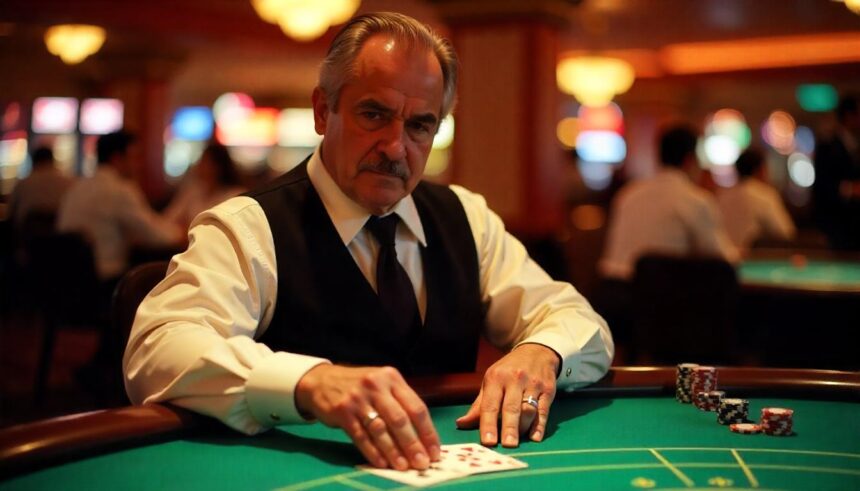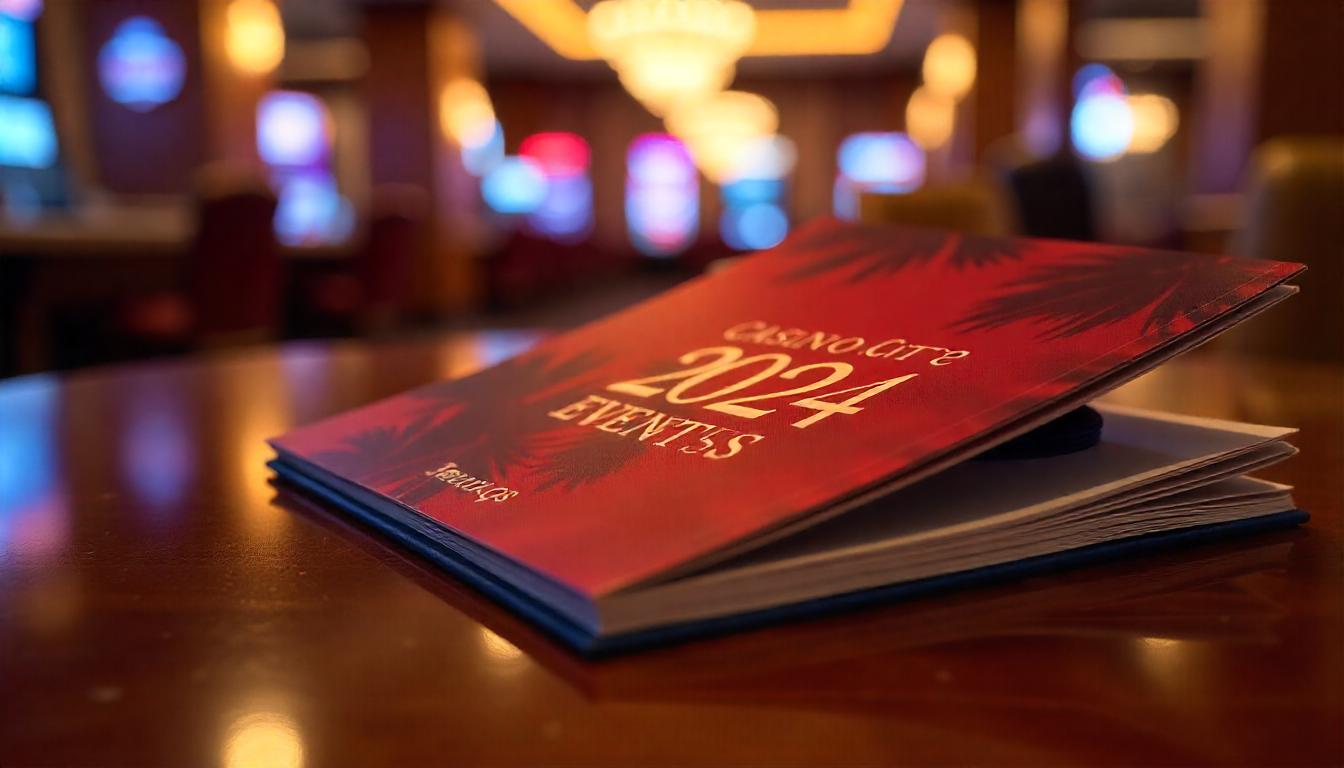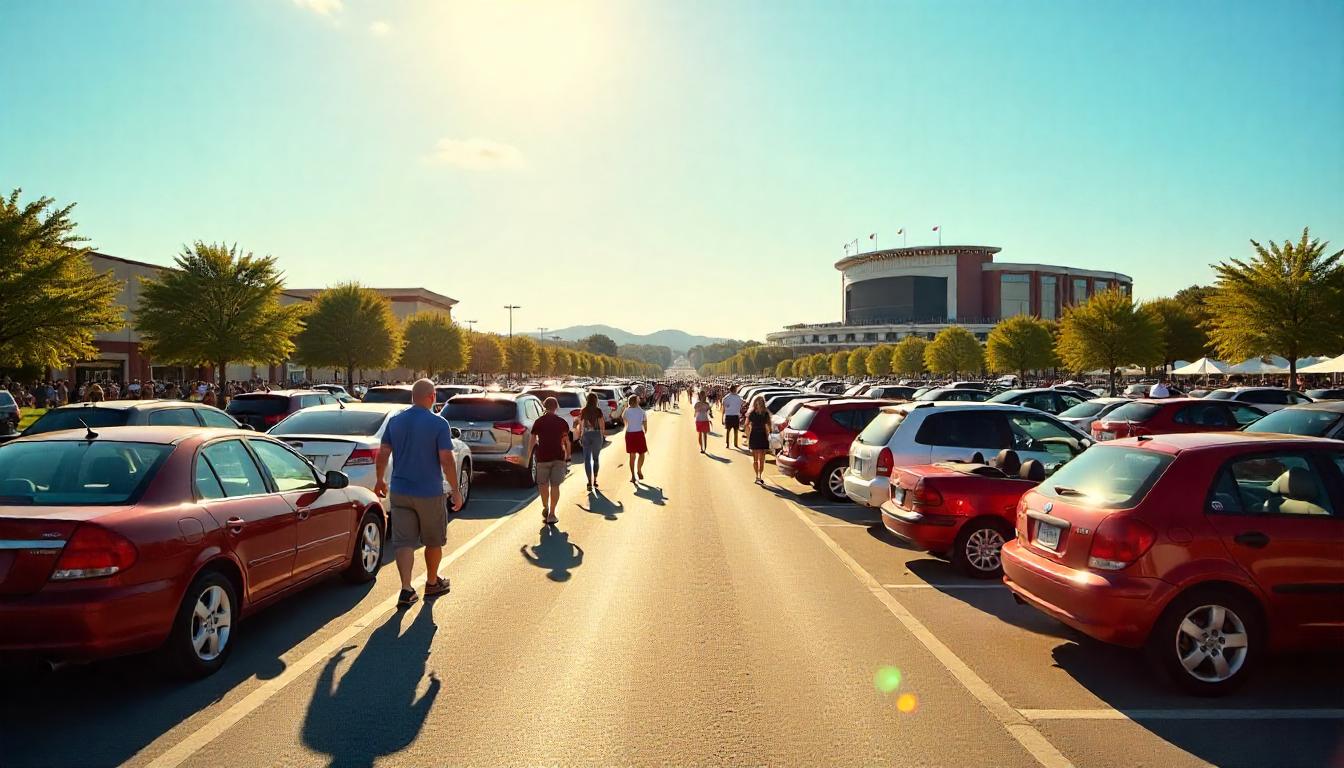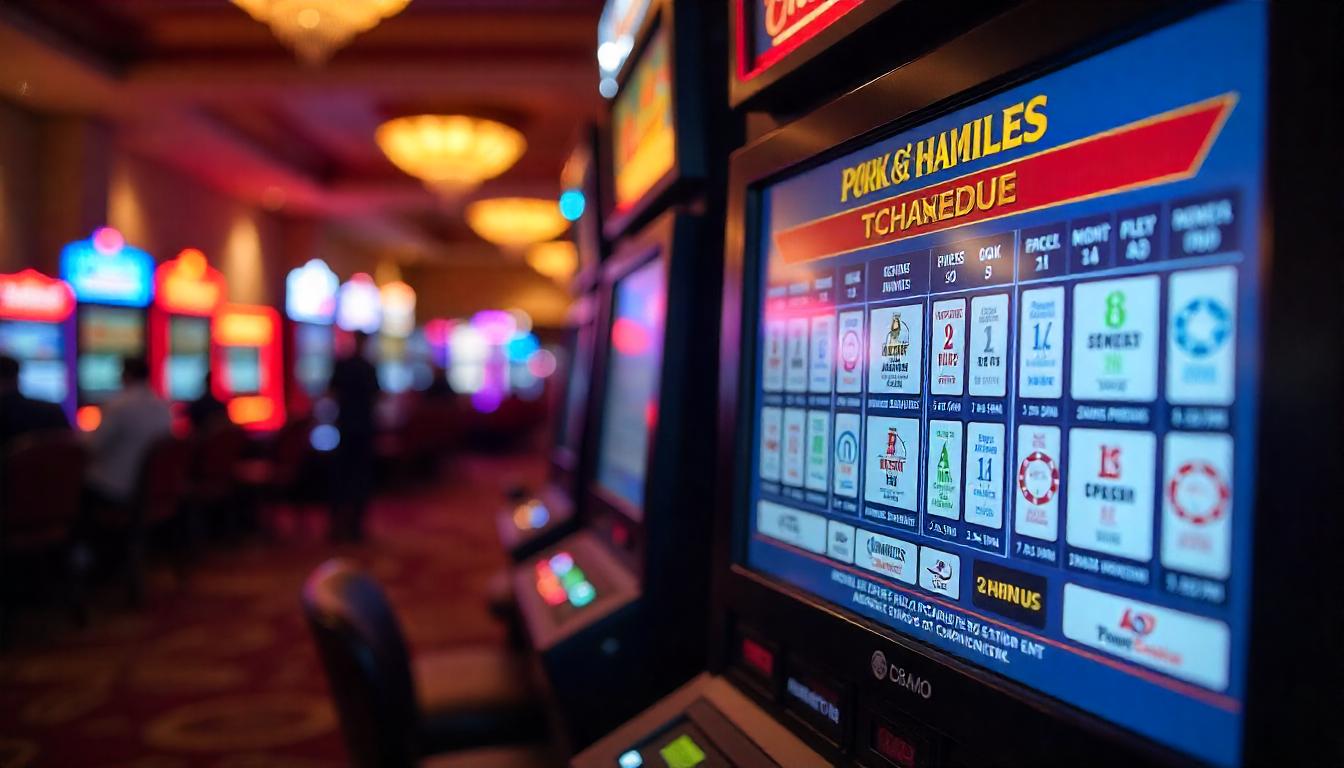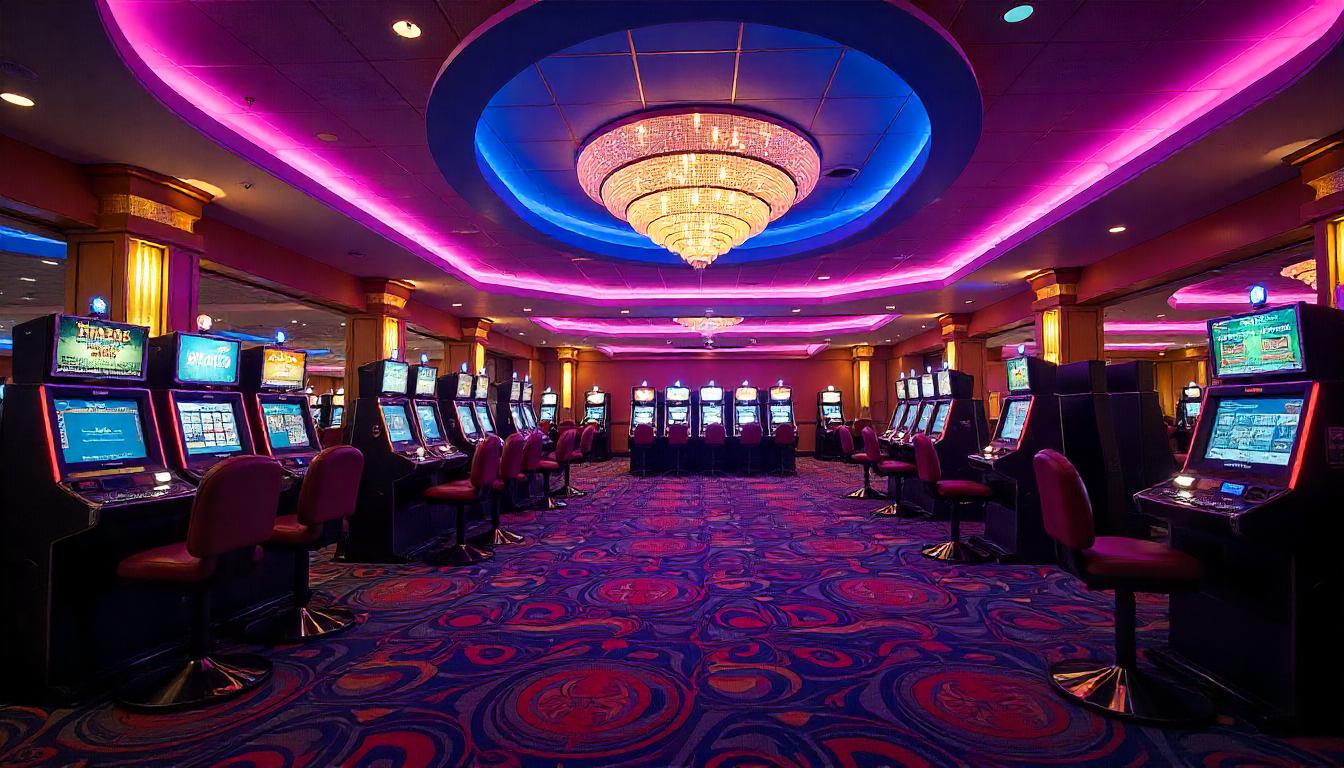Las Vegas has always been synonymous with dazzling lights, high-stakes gambling, and world-class entertainment. Among the many legendary casinos that shaped the city’s landscape, none captured the essence of classic Vegas quite like the Stardust Casino. From its grand opening in 1958 to its eventual demolition in 2007, the Stardust remains an unforgettable icon of Las Vegas history, deeply intertwined with organized crime, extravagant entertainment, and pioneering casino design.
The Rise of Stardust Casino
Stardust Casino officially opened its doors on July 2, 1958, on the famed Las Vegas Strip. Designed as one of the most extravagant casinos of its time, it boasted the largest hotel in Las Vegas, with over 1,000 rooms—a record at the time. The casino was initially envisioned by Tony Cornero, a notorious bootlegger and gambling entrepreneur. However, Cornero’s sudden death in 1955 left the project incomplete, allowing other investors, including those with connections to organized crime, to take over its completion.
The Stardust was built with a futuristic theme, its exterior adorned with a massive 16-foot-wide neon sign featuring a shower of luminous stars—a spectacle that quickly became one of the most iconic images of the Las Vegas Strip. Inside, the casino floor spanned 16,500 square feet, offering an unprecedented variety of slot machines, table games, and luxurious amenities.
A Hub for Luxury and Entertainment
The Stardust wasn’t just a gambling destination; it was an entertainment mecca. The casino became famous for hosting some of the biggest names in showbiz, including Frank Sinatra, Wayne Newton, and Siegfried & Roy. The resort also featured the famous Lido de Paris show, a direct import from France, which showcased elaborate costumes, dazzling choreography, and stunning acrobatics.
Another key attraction was the Stardust Race & Sports Book, which revolutionized sports betting in Las Vegas. It became one of the first casinos to offer extensive wagering on sporting events, solidifying its reputation as a haven for sports gamblers.
Ties to Organized Crime
The Stardust’s history is inextricably linked to the shadowy world of organized crime. In the 1970s and 1980s, the casino became the focus of federal investigations due to allegations of skimming operations. The infamous Chicago Outfit, a powerful organized crime syndicate, was found to have siphoned millions of dollars from the Stardust and other Vegas casinos.
One of the most well-known figures associated with these operations was Frank “Lefty” Rosenthal, who managed the Stardust and operated its sports betting division. Rosenthal’s life inspired Martin Scorsese’s 1995 film Casino, starring Robert De Niro and Joe Pesci.
The Nevada Gaming Control Board eventually cracked down on these illicit activities, leading to indictments and the eventual removal of mob influence from the casino industry. Despite the criminal scandals, the Stardust remained a beloved institution, symbolizing the golden age of Vegas.
The Beginning of the End
By the late 1990s and early 2000s, the Stardust began to struggle against newer, more modern resorts such as The Mirage, Bellagio, and MGM Grand. Its vintage charm, once an asset, now seemed outdated in the face of high-tech casinos and luxury resorts.
In 2006, Boyd Gaming, which had acquired the Stardust in 1985, announced plans to demolish the legendary casino to make way for a new, more modern project. The Stardust officially closed on November 1, 2006. The emotional farewell marked the end of an era for many Vegas enthusiasts and former employees who had grown attached to its legacy.
On March 13, 2007, the Stardust was demolished in a spectacular controlled implosion, making way for Boyd Gaming’s ambitious Echelon Place project. However, due to financial struggles and the 2008 economic downturn, the project was indefinitely put on hold.
What Replaced Stardust Casino?
For years, the site of the Stardust remained vacant, a ghostly reminder of its former glory. Eventually, in 2013, the Malaysian-based Genting Group purchased the land and announced plans for a new mega-resort, Resorts World Las Vegas. After years of development, Resorts World Las Vegas opened in June 2021, bringing a fresh wave of luxury to the Strip while paying homage to Stardust’s legacy with subtle nods to its history.
The Stardust Legacy
The Stardust Casino’s influence on Las Vegas endures to this day. It set the standard for high-end entertainment, ushered in a new era of sports betting, and played a pivotal role in shaping the glamorous Vegas casino culture that continues to thrive.
Even though it no longer stands, the Stardust remains alive in the memories of those who experienced its grandeur. Whether through pop culture references, documentaries, or the neon sign preserved at the Neon Museum, the Stardust continues to shine brightly in the annals of Vegas history.
FAQs
The Stardust was renowned for its luxurious accommodations, spectacular neon sign, world-class entertainment, and pioneering sportsbook. It also gained notoriety due to its connections with organized crime and its influence on Las Vegas’ gambling culture.
The Stardust Casino officially closed on November 1, 2006, due to plans for redevelopment by Boyd Gaming. The casino was demolished in 2007 to make way for the Echelon Place project, which was later abandoned.
After years of dormancy, the site of the Stardust was eventually transformed into Resorts World Las Vegas, which opened in June 2021. The resort brings a modern twist to luxury gambling while paying homage to the Stardust’s legacy.
Yes, the Stardust was heavily linked to organized crime, particularly the Chicago Outfit. The casino was involved in illegal skimming operations, leading to federal investigations and eventual crackdowns in the 1980s.
The Stardust helped define the modern Las Vegas casino experience, from its pioneering sportsbook to its elaborate entertainment shows. Its influence can be seen in today’s integrated resort models that blend gaming, luxury hotels, and high-end entertainment.


